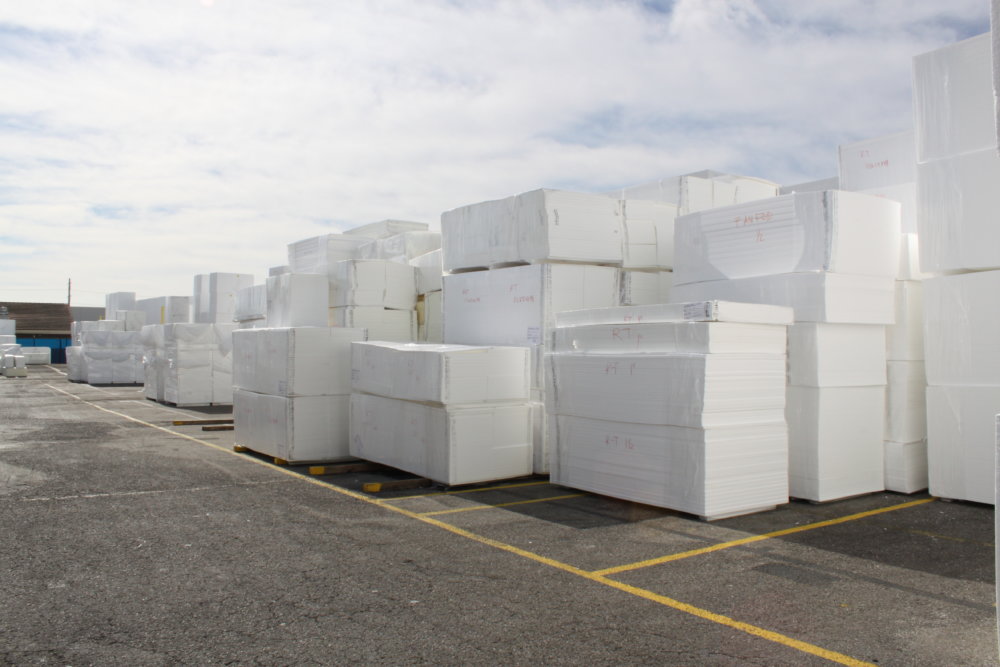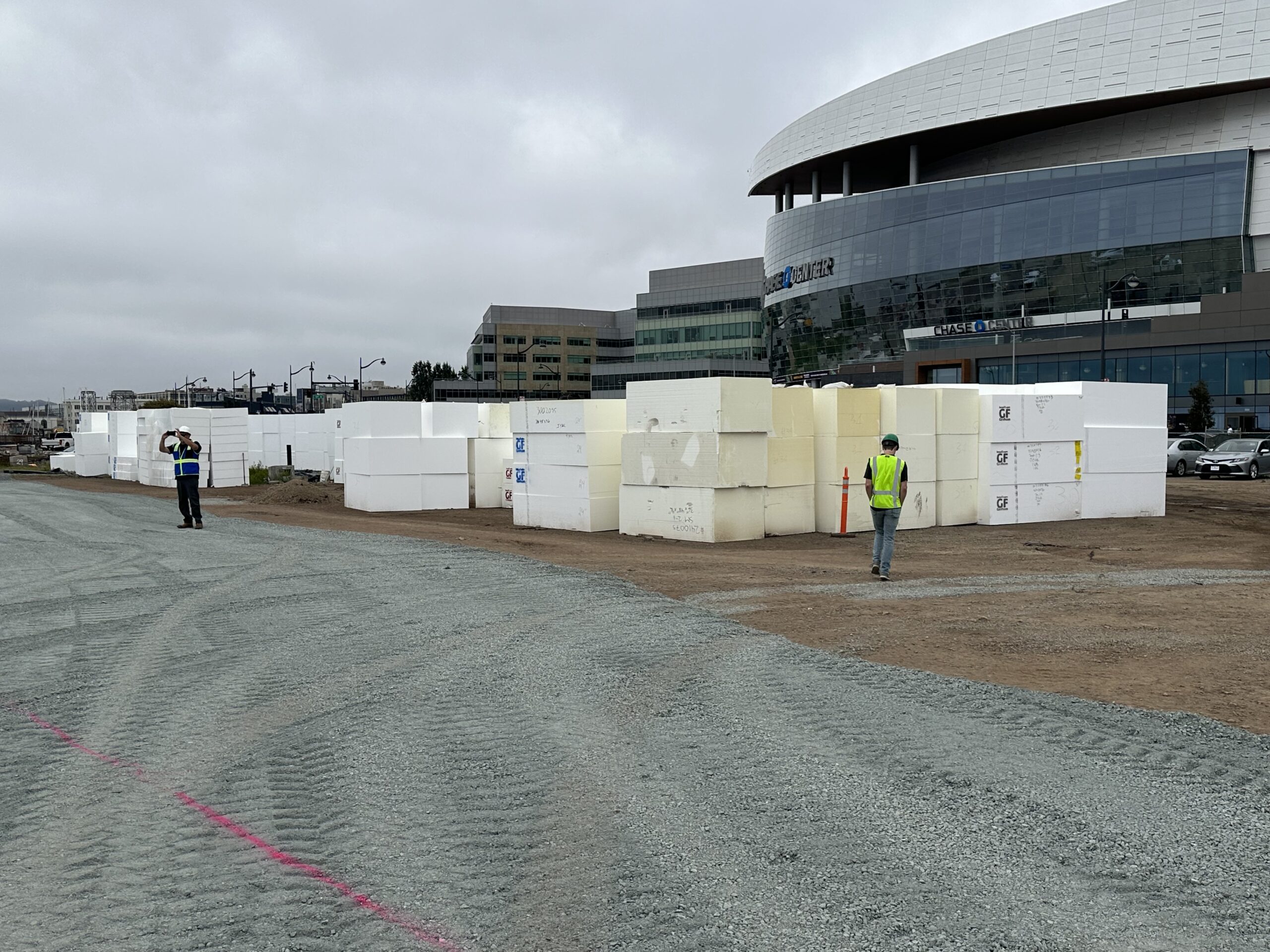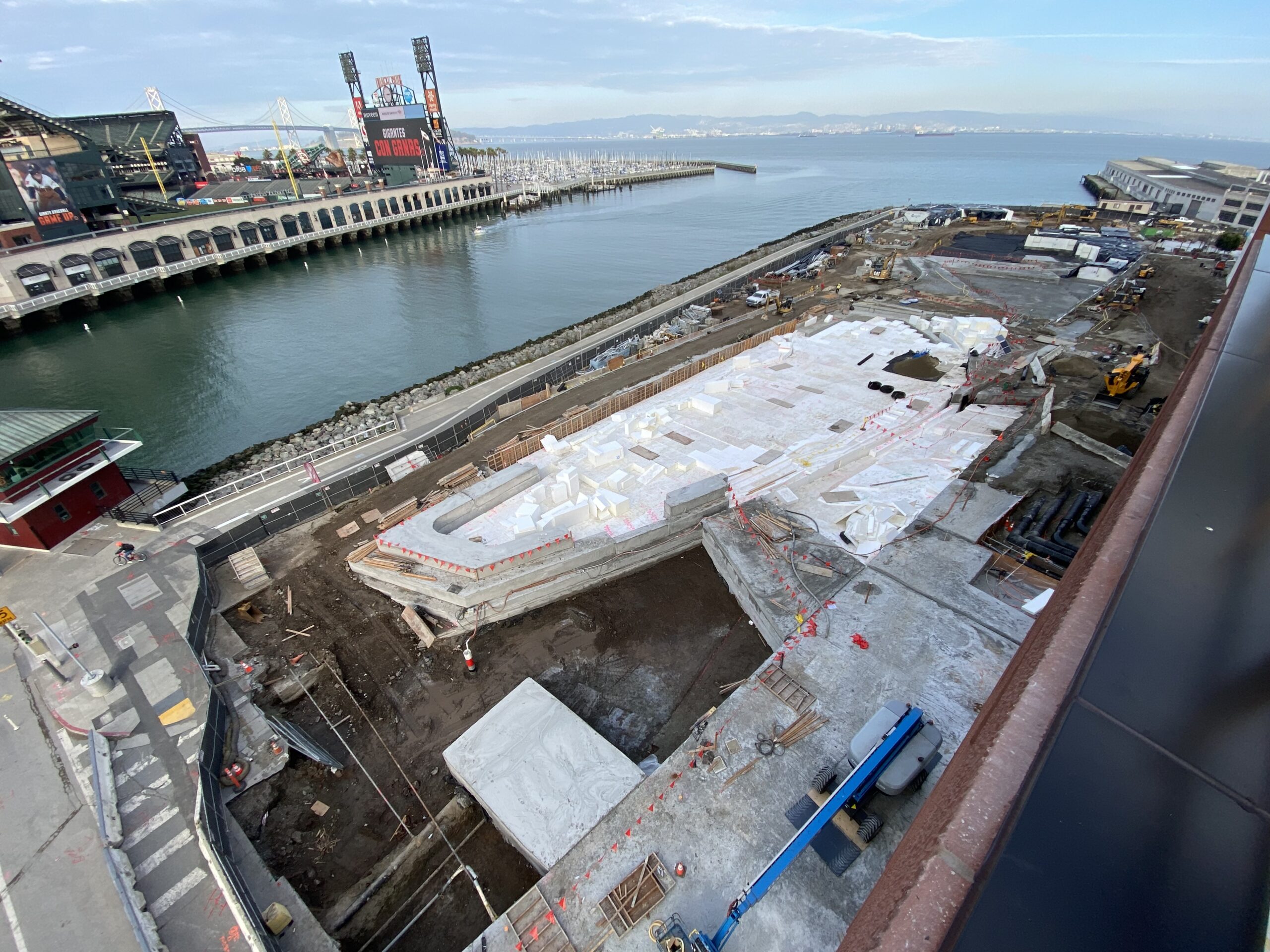When it comes to insulation construction, the intricacies and details of the materials used matter because they directly align with efficiency and functionality. Two major insulation foam block materials include expanded polystyrene (EPS) material and extruded polystyrene (XPS) foam. Here is your guide to polystyrene foam, the different types, its uses and how it works.
Polystyrene Foam
Polystyrene is a hard, solid plastic that when combined with other plastics, additives and colorants, it can be used to make a wide range of appliances, electronics, toys, equipment and auto parts. Polystyrene foam is made from polystyrene plastic along with special blowing agents such as propane, pentane, methylene, chloride and chlorofluorocarbons, that expand them into its foam-like structure. The result is polystyrene foam that has physical properties that allow it to provide insulation and cushioning for various applications. This particular foam is extremely lightweight and can be made up of more than 95 percent air. Because of its polystyrene plastic integration, it’s able to act as a solid support material that can build and protect different structures.
Uses of Polystyrene Foam
Polystyrene foam is used in everyday applications including automotive, electronics, packaging, food service, medicine and construction. The foam is particularly useful in the automotive industry because of the properties that allow it to dampen sound and absorb energy. It can be used to make car parts from door panels to seat cushions and everything in between. Polystyrene is also used extensively to manufacture different electronics including computers and TV consoles. In the world of medicine, this type of material make many medical devices thanks to its ease of sterilization. It is also very useful for foodservice packaging because of its ability to effectively insulate food and increase its shelf life.
But probably the most practical yet understated application of polystyrene foam is within the world of construction. Polystyrene foam works to provide insulation, protection and waterproofing within building walls, roofing systems and pools. It is known to fight against heat loss and provide thermal insulation. Two popular types of polystyrene foam used in construction include expanded polystyrene and extruded polystyrene. The difference between them lies in the way they are made, which directly correlates to their specific functions.
What is Expanded Polystyrene?
Expanded polystyrene foam is made by expanding the polystyrene plastic polymers to form a white, closed-cell foam material. One of the main functions is to provide insulation and protect surrounding structures and is widely used for building insulation. Another is the management of structural loads and rising of elevated concrete slabs.
What is Extruded Polystyrene?
Extruded polystyrene foam is a rigid insulation material that is formed by extruding polystyrene polymers. It is very stiff foam block with a rough surface and reduced thermal conductivity.
Differences and Similarities of EPS and XPS Foam
 Understanding the differences and similarities between these two major polystyrene foams can help contractors, architects, and builders pick the right foam for their particular construction project. While both EPS and XPS foams contain recyclable products that help work towards LEED certification, EPS Geofoam typically can be made with more recycled materials. To add, because expanded polystyrene can be shaped into blocks and sheets to extruded polystyrene foam that often contains color dyes, EPS may be less harmful to the environment.
Understanding the differences and similarities between these two major polystyrene foams can help contractors, architects, and builders pick the right foam for their particular construction project. While both EPS and XPS foams contain recyclable products that help work towards LEED certification, EPS Geofoam typically can be made with more recycled materials. To add, because expanded polystyrene can be shaped into blocks and sheets to extruded polystyrene foam that often contains color dyes, EPS may be less harmful to the environment.
Expanded polystyrene typically holds a higher R-value than extruded polystyrene. In other words, it has a higher insulation performance factor, which makes it very suitable for areas that require more insulation like attics, walls and basements. Both types of foam are resistant to moisture, but extruded polystyrene is more commonly used for below-grade waterproofing and roofing systems that require insulation to be placed over a roof membrane.
In terms of actually fitting these two types of foam into building construction, EPS tends to provide more flexibility because the custom geofoam blocks can be cut and shaped into virtually any form. Extruded polystyrene usually comes in the shape of its final form to fit specific dimensions.
While both EPS and XPS foams hold different properties, they also have many similarities. Both fall under the ASTM C578 Standard Specification for Rigid, Cellular Polystyrene Thermal Insulation standards, and they both work to resist mold growth and moisture damage. In terms of durability and maintenance, exposure to sun or solvents may deteriorate the foam.
The Future with Geofoam International and Polystyrene Foam Construction
Whether you choose expanded or extruded polystyrene foam, you are on the right track to maximizing efficiency. At minimal costs, the lightweight, durable and impact-resistant polystyrene foam blocks can provide efficient thermal insulation and meet sustainability and energy efficiency requirements of many buildings. The global market for foam block construction will continue to grow, according to market trends, further paving more opportunities to incorporate the highly useful insulation material. For all polystyrene foam needs, look to Geofoam International—the leading provider of EPS Geofoam construction materials and services.








